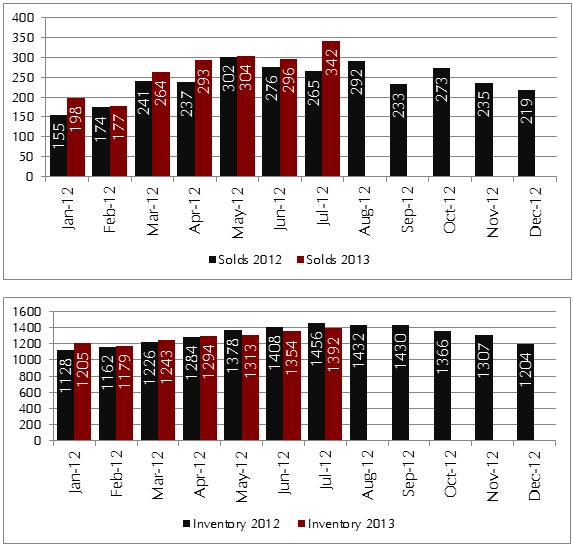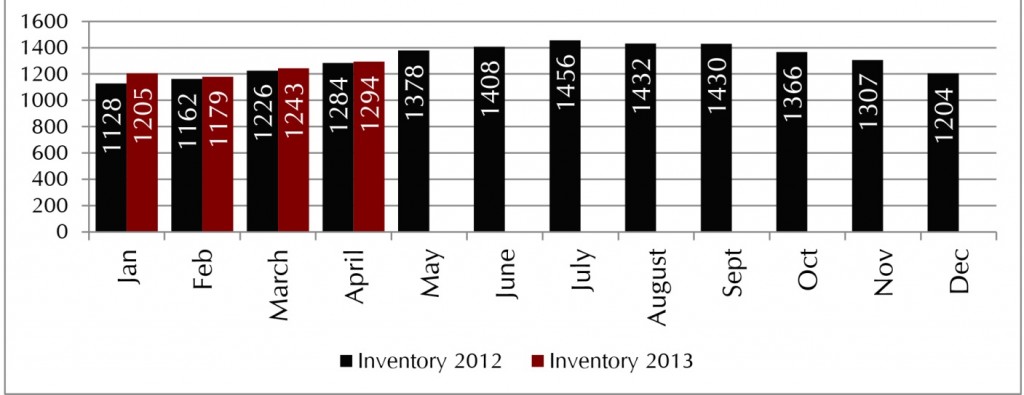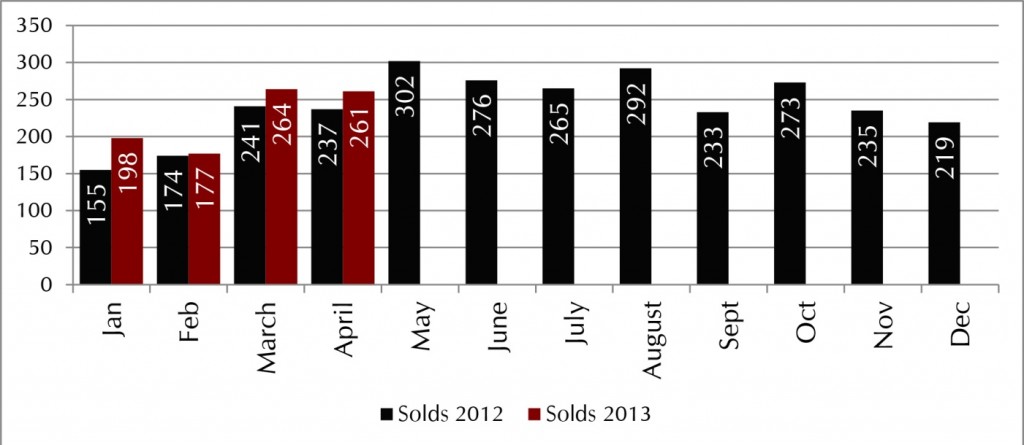Studies have been done on it. Books have been written about it. And now homes are being built or remodeled to accommodate it. What is it? A return to the multi-generational household!
While the last few decades have seen a decline in multiple generations living under the same roof, that trend tends to be reversing as more and more adult children are moving back home and homeowners are taking in their aging parents.
Sharon Graham Niederhaus, co-author of Together Again – a book about multiple generations living under the same roof, interviewed over 100 families who are living in this manner. She noted, “The balance and proximity and privacy is the key to success,” and indicated that “independence” and “separate facilities” such as a kitchen, bathroom, and separate entrance are essential to living together in harmony.
For hundreds of years it was not uncommon for several generations to live together although the trend towards smaller family units began to take hold after WWII. According to USA Today, the number of multi-generational households in our country is currently the highest since the 1950s. The current trend is directly related to the economy, but many have noted the positive impact of having either their parents or adult children move back home.
PulteGroup Home Index (done by PulteGroup Inc, a national homebuilder) recently did a survey of homeowners with children 16-30. Fourteen percent indicated that they have one adult child who has moved back in with them and a whopping 31% expect that an adult child will return back home in the future. They also interviewed homeowners with living parents and found that 15% indicated a parent was already living with them and 32% expected that at some point they would be living with a parent.
In both cases, the number of multi-generational homes will double in the future if those numbers are correct. So how will current homeowners accommodate the additional people? Of the homeowners who were currently living with a parent or planning on it in the future, 72% planned on either renovating or purchasing a home with a floorplan that would work more effectively for the expanded family. 49% of the homeowners who were either living with adult children or planned to expected to renovate or move.
Builders across the country are beginning to see and provide floorplans which reflect this trend, and Devoted Builders is no exception. In fact, in 2011 the National Association of Homebuilders did a survey of builders and what they expected homebuyers would want in terms of new home amenities by 2015. They determined that 60% of custom new construction homes would have two master bedroom suites by 2015.
Here in the Tri-Cities, we have had several clients in the last few years who have had several generations living in the same household. We have seen adult children living with aging parents so they can help take care of them ensuring a higher quality of life and care. Also recently we have seen younger adults moving into Mom and Dad’s house to either go back to school or save money for a new house or simply due to loss of employment.
In our area most homes with multi-use spaces are in high demand, command higher prices and see a shorter time on market, especially if priced in a price range which is seeing a high turnover.
Our advice? If you are thinking you might need some extra space in the coming years, plan for it now. With interest rates and lower prices, it is a great time to either buy the home you will need in the future, begin planning for a remodel, or even begin thinking of building. We are here to help and advise. Please call Jessica a call at (509) 947-2230 or Jennifer at (509) 947-5670 – we would love to hear about your plans!
SOURCES:
 Join us on October 19th between 1:00 to 5:00 pm for a first ever public viewing as we showcase two new luxurious home plans at the beautiful Mediterranean Villas. These gorgeous homes feature double master bedrooms and private guest suites, each presented with the careful attention to quality and detail that builder Devoted Builders has become known for.
Join us on October 19th between 1:00 to 5:00 pm for a first ever public viewing as we showcase two new luxurious home plans at the beautiful Mediterranean Villas. These gorgeous homes feature double master bedrooms and private guest suites, each presented with the careful attention to quality and detail that builder Devoted Builders has become known for.





